SIDEKIQ™ Z2
Specifications
Rx/ Tx
8 g
key features
RF Tuning Range
Boot Time
Form Factor
(30 mm x 51 mm x 5 mm)
RAM
Power Consumption
CPU
Benefits
PORTABLE AND PLUG & PLAY
DESIGNED FOR MINIMAL INTEGRATION EFFORT
benefits
Industrial
Strength
KEY SPECS
Sidekiq™ Z2
specs at a glance
Tuning Range
70 MHz to 6 GHz
Power Consumption
Under 2W (typical usage)
Integrated FPGA
Xilinx Zynq XC7Z010-2I System-on-Chip
Form Factor
Mini PCIe card
I/O
USB OTG, serial, JTAG, + GPIO
Receivers
1
Transmitters
1
compared spec
-237px.png)
Sidekiq™ Z2
-transformed-optimized.webp)
Sidekiq™ MINI PCIE
(30 mm x 51 mm x 5 mm)
(30 mm x 51 mm x 5 mm)
compared specs
Find your Perfect Sidekiq™
-237px.png)
SIDEKIQ™ Z2
RF COVERAGE
BANDWIDTH
RECEIVERS
TRANSMITTERS
INTEGRATED FPGA
FORM FACTOR
Mini PCIe card
(30 mm x 51 mm x 5 mm)
I/O
POWER CONSUMPTION
-transformed-optimized.webp)
SIDEKIQ™ MINI PCIE
RF COVERAGE
BANDWIDTH
RECEIVERS
TRANSMITTERS
INTEGRATED FPGA
FORM FACTOR
Mini PCIe card
(30 mm x 51 mm x 5 mm)
I/O
POWER CONSUMPTION
perfect for
applications & missions


APPLICATIONS
Perfect for a Range of Applications
and Record rF
Bulky SpecAn
case study
Perfect for a Range of Applications


configuration
Matchstiq™ Z2
This SDR features a Linux computer and web server, delivering real-time RF sensing data through web browsers without the need for any additional software. Its low-profile, machined aluminum housing ensures low-visibility RF sensing. Matchstiq™ Z2 works with tablets, iPads, laptops, tactical handheld radios, and virtually any host platform with USB 2.0.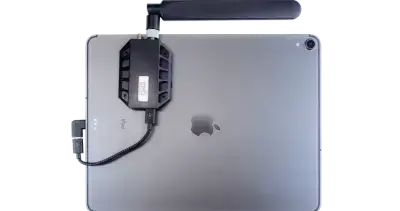
related products
Looking for More?
Skylight™ Cellular Network Scanner
Stay on top of your cellular environment with our Skylight™ cellular network scanner. When paired with our SDR platforms, Skylight™ offers a comprehensive, flexible analysis of your network.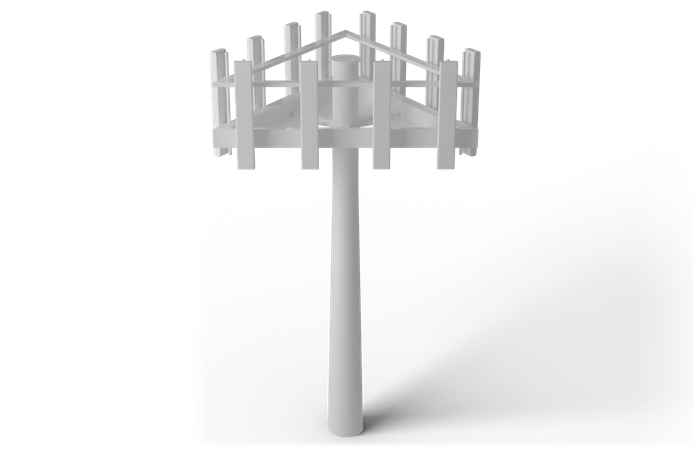
RESOURCES
faq
Frequently Asked Questions
SDR is a radio communication system in which components traditionally implemented in hardware are instead implemented (via custom software) on a personal device or embedded computer system. SDR systems can be adapted to integrate with various communication applications. Once integrated, SDRs can be used to scan for radio frequencies, listen to FM radio, track aircraft with ADS-B, receive GPS signals, dabble in amateur radio, decode digital voice, and even bounce signals off the moon!
Explore Related Case Studies
Epiq's SDR solutions deliver unparalleled RF performance and flexibility in compact form factors, making them perfect for a range of applications: including mobile, portable, and space-constrained. With a wide tuning range from 70 MHz up to 6 GHz, our products can be used for things like spectrum analysis, RF recording, cellular network scanning, enforcing no-wireless policies, and more.
Explore Related Case Studies
Yes, our SDRs, SDR platforms, and turnkey solutions are designed to be flexible and easily integrated. That means you can customize any of our products to fit your specific needs.
To get started, request one of our dev kits. We have two options: Evaluation (EVK) and Platform Development (PDK). You can request a dev kit by filling out the form below. Once you do, we'll get back to you with details and next steps.
If you need assistance, Epiq’s team is always here to offer comprehensive support: including detailed product documentation and an active community for peer discussions.
Explore Related Case Studies
Our SDRs support various data transfer interfaces, including USB 2.0, USB 3.0, and PCI Express (PCIe), depending on the product.
Explore Related Case Studies
Building the Game-Changer in Rescue Operations
When CENTUM was in need of a compact yet powerful and reliable SDR solution for their Lifeseeker search and rescue system, we leaped into action, and in the span of just one year, our Sidekiq M.2 card became...
READ MOREOur SDRs support popular frameworks such as GNU Radio, and others. For programming, we support languages such as C, C++, and Python.
Explore Related Case Studies
Building the Game-Changer in Rescue Operations
When CENTUM was in need of a compact yet powerful and reliable SDR solution for their Lifeseeker search and rescue system, we leaped into action, and in the span of just one year, our Sidekiq M.2 card became...
READ MOREYes, our SDR products, such as the Sidekiq™ X4, support multi-channel phase-coherent MIMO operations, making them suitable for a variety of applications.
Explore Related Case Studies
Building the Game-Changer in Rescue Operations
When CENTUM was in need of a compact yet powerful and reliable SDR solution for their Lifeseeker search and rescue system, we leaped into action, and in the span of just one year, our Sidekiq M.2 card became...
READ MOREMany of our SDRs can operate both standalone and as part of a host device, giving you the flexibility to use them as needed.
Still have questions? Reach out and we’ll do our best to help.
Explore Related Case Studies
Building the Game-Changer in Rescue Operations
When CENTUM was in need of a compact yet powerful and reliable SDR solution for their Lifeseeker search and rescue system, we leaped into action, and in the span of just one year, our Sidekiq M.2 card became...
READ MORE


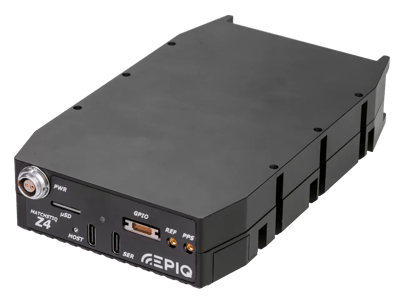



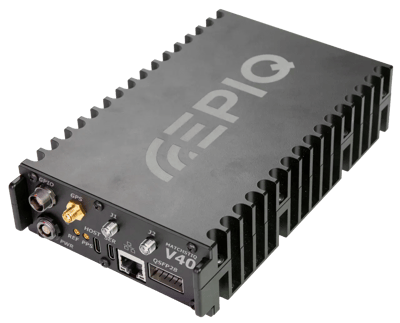




.webp?length=400&name=Cyber-Radio-NDR585%20(3).webp)











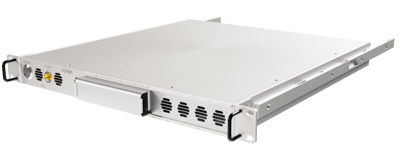



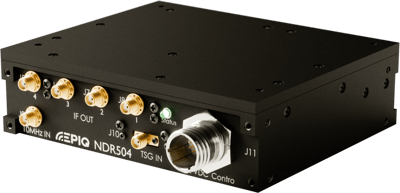


.webp?width=70&height=70&name=Vector%20(1).webp)












.webp)

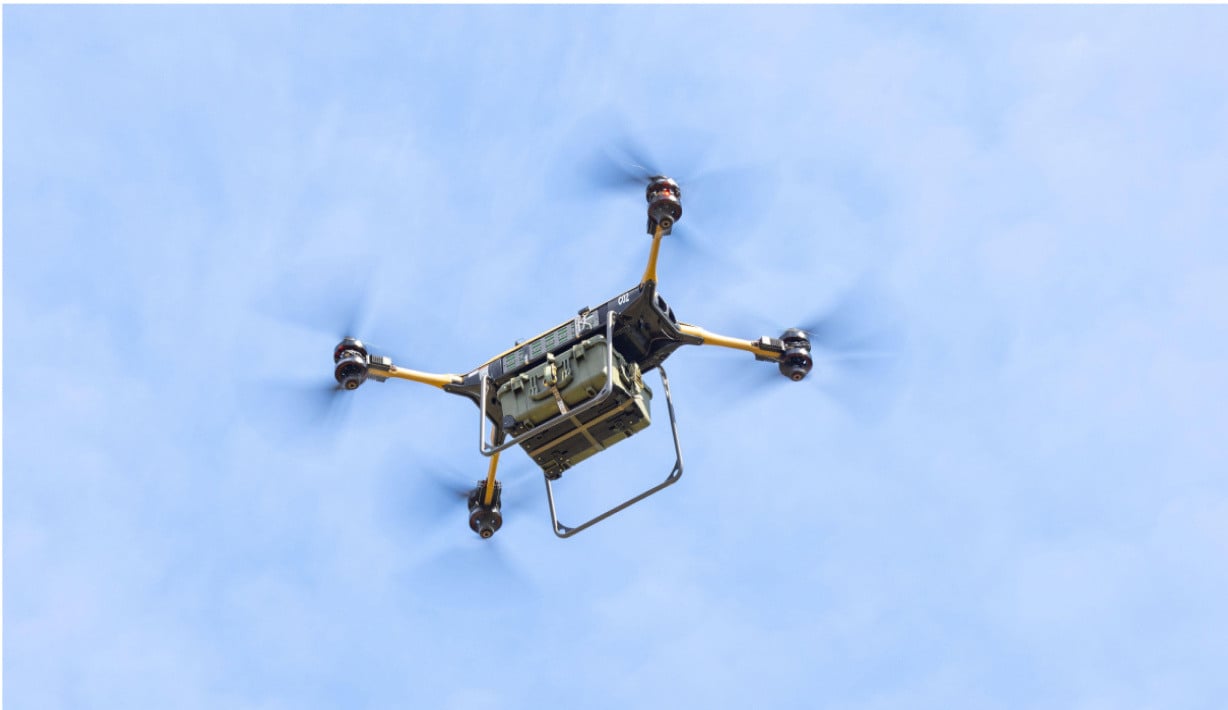

.webp)

.png)